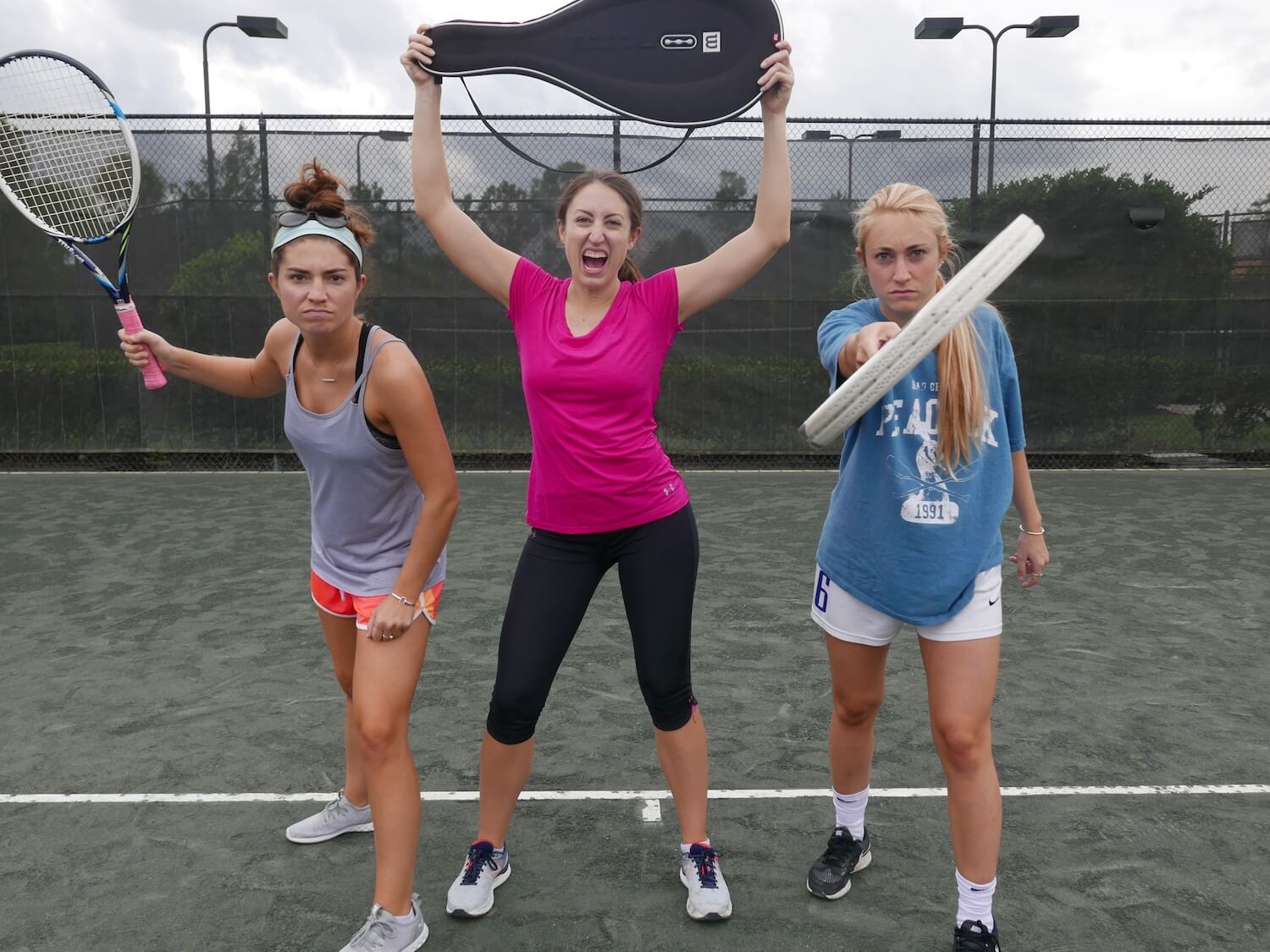
News
During 2023, Active Geelong partnered with the Barwon Health Healthy Communities team to deliver a ‘Group Model Build’ for Cobram Estate Olives. This process...
Continue readingThe 2023 Active Geelong Active Workplace Awards were presented during a gala breakfast at GMHBA Stadium on Wednesday 8th of November. The event was...
Continue readingWinter’s setting in and the great temptation for many people is to rug up, stay indoors and hunker down until spring when they should...
Continue readingYour donation impacts the Geelong region, supporting healthier communities

There are many reasons we should be physically active, but there are also some common reasons that we don’t. Find out what those reasons are and plan your workplaces programs to overcome the barriers.
Recent research has explored attitudes to being physically active across our lives. What drives us to be active and what stops us. Using this research you can plan your workplace physical activity programs with a better understanding of what might motivate your workers.
For young females more of them felt embarrassed exercising in public, felt it was hard exercise alone, thought sporting clubs were intimidating and that they didn’t have the skills to play sport. They also liked to use exercise as a way to maintain or lose weight and cost could be a factor.
Suggested solution: Try group activities in a private setting that focus on getting heart rates up. Run ‘come and try’ or skill development sessions if you’re wanting to start a sports team. Explore subsidies for programs and promote free or cheap local physical activity options such as parkrun. Promotion could be pitched at the benefits of feeling good and weight management.
For young males they didn’t really make the connection between physical activity and health, except when it came to stress management where most felt that physical activity feels good after a stressful day. They like to exercise with other people and enjoy the social aspects. Unless they were puffing and sweaty they don’t feel like they are really exercising, and yet 38% didn’t like getting sweaty. Physical activity was felt to be a good balance for an unhealthy diet.
Suggest solution: Sports or boot camp after work creates the “sweaty” environments this age group prefers. Pitch the promotion to talk about stress relief and socialising rather than health benefits. Don’t forget the population that don’t like to sweat and include walking groups or strength programs.
Linking young people into physical activity programs when they start a new job is a great habit changing solution. It’s a great way to meet your workmates and develop new friendships.
This group have unique reasons to exercise, or not. Sport participation is less common in this group with cost being a major factor. They believe that 30 minutes of physical activity is not enough, ‘doesn’t count’ and time is a major barrier. Even though they understand their influence in role modelling physical activity behaviours to their children, less than 70% try to set the example. The benefits are seen as feeling good, improved sleep and counteracting the effects of an unhealthy diet.
Suggested solutions: Planning and routine is important, as well as being active in any way and on limited time. Promote different types of activity and what can be done during lunch breaks. Highlight the benefits of feeling good, sleeping better and weight management. Free walking groups meets the social and monetary needs.
This group whilst quite broad have increased emotional and financial security and the freedom to make deliberate choices. Those who are inactive in this group are less likely to have any interest in getting active and seeing the benefits of physical activity. Men in this age group might find sports clubs intimidating and feel they’ve lost their confidence in sports and physical activities. Women think they lack coordination and are intimidated by sports clubs too. This group know they need to do more exercise and feel that 30 minutes more physical activity per week is possible.
Suggested solutions: Setting up or promoting 30 minute activities and blocking the time into diaries is a good strategy. Come and try or skill development sessions might be good for those getting back into physical activity. Walking or cycling to and from work is a great activity to promote as it is low cost and relatively time efficient. Promoting the social side of physical activity is a good promotional tool.